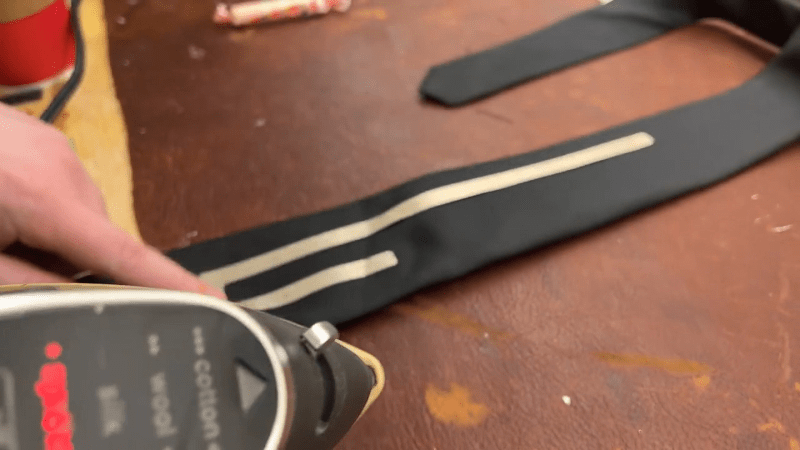We’ve seen a lot of interest in Meshtastic, the license-free mesh network for small amounts of data over the airwaves. [Ham Radio Rookie] was disappointed with his Meshtastic node’s small and inefficient antennas. So he decided to make what we suspect is the world’s first Meshtastic necktie.
We assume the power is low enough that having it across your thorax is probably not terrible. Probably. The tie is a product of a Cricut, Faraday cloth, and tiny hardware (the Xiao ESP32S3 and the WIO SX1262 board). The biggest problem was the RF connector, which needed something smaller than the normal BNC connector.
Of course, ideally, you’d like to have a very tiny battery. We can handle tying the knot, but you might prefer using a clip-on. Besides, then you could clip it to anything handy, too.
The tie antenna is probably going to outperform the rubber duckies. Still, we don’t expect it to get super long range. If you press a USB battery into service, you might find the low power electronics keep letting the battery shut off. There is an easy fix for this, but it will up your power consumption.
















Really interested in knowing how much the antenna gets detuned by that hundred kilos of meat next to it.
But not interested enough to click on the video.
But the first question at any real nerd party is “Why is the J-pole backwards?”
Hundred kilos!! (Checks notes)
Average mass of a ham radio op.
.
.
Carry on
What is the average distance from Ham op’s necktie to his pacemaker?
You mean 🍆?
Likely quite large as the RF does funny stuff to one’s ⚽⚽.
Tie clips exist.
Nice ones are even considered stylish.
Why not put the board on the front and 2-3 coin cells on the back?
(Or hide it all on the back if you like)
The cynic in me says “A good solution makes for a less engaging YouTube video.”
I wonder how many good solutions get thrown out in favor of “better content”?
Man, this would be well dicey to take through an airport!
Silly me: I was thinking of an inverted V antenna.
Ends are at the cuffs of a jacket, elements run up the sleeves and meet at the back of the neck.
Take the jacket off before walking through a metal detector.